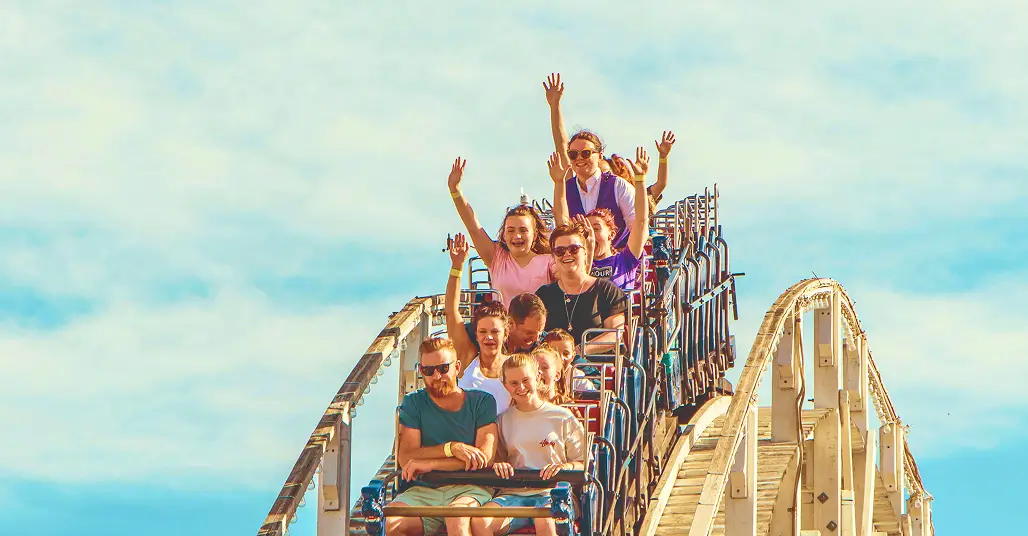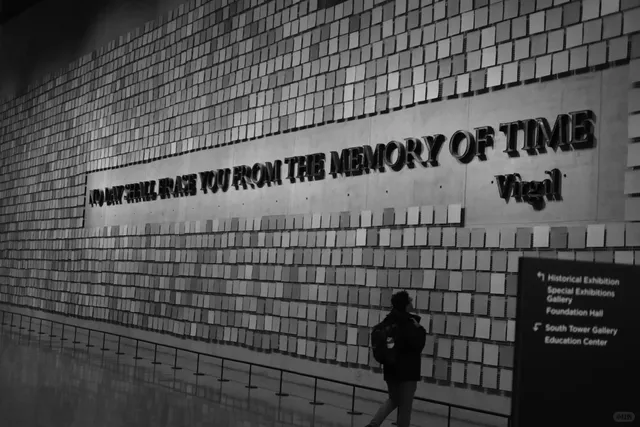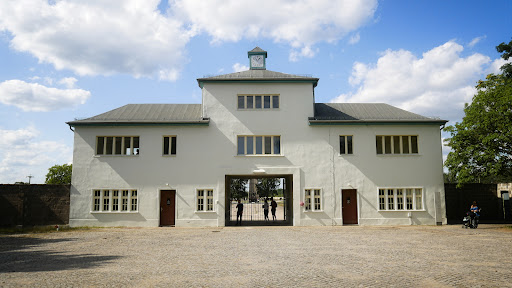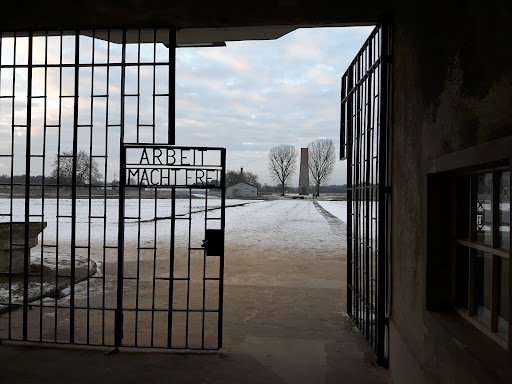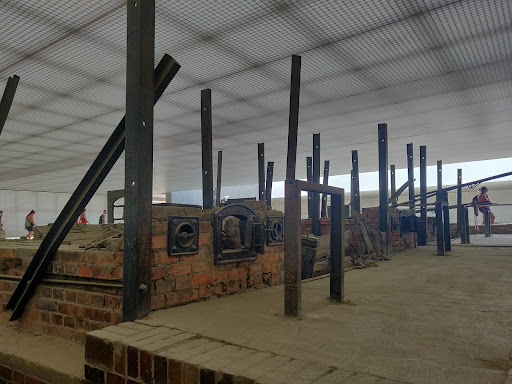Memorial and Museum Sachsenhausen things to do, attractions, restaurants, events info and trip planning
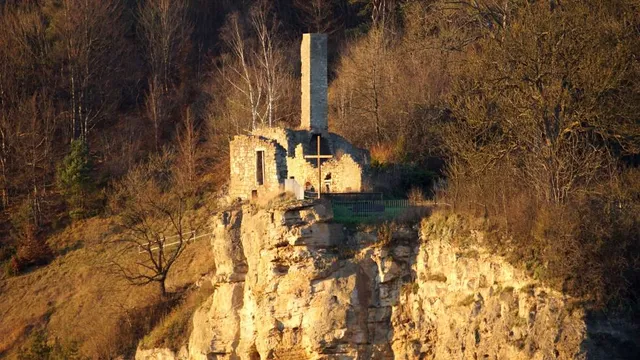
Basic Info
Memorial and Museum Sachsenhausen
Str. d. Nationen 22, 16515 Oranienburg, Germany
4.6(6.6K)
Open 24 hours
Save
spot
spot
Ratings & Description
Info
Sachsenhausen or Sachsenhausen-Oranienburg was a German Nazi concentration camp in Oranienburg, Germany, used from 1936 until April 1945, shortly before the defeat of Nazi Germany in May later that year. It mainly held political prisoners throughout World War II.
Cultural
Accessibility
attractions: , restaurants: Imbiss-Hubertuseck, Restaurant Remus, Cantina
 Learn more insights from Wanderboat AI.
Learn more insights from Wanderboat AI.Phone
+49 3301 200261
Website
sachsenhausen-sbg.de
Plan your stay

Pet-friendly Hotels in Oranienburg
Find a cozy hotel nearby and make it a full experience.

Affordable Hotels in Oranienburg
Find a cozy hotel nearby and make it a full experience.
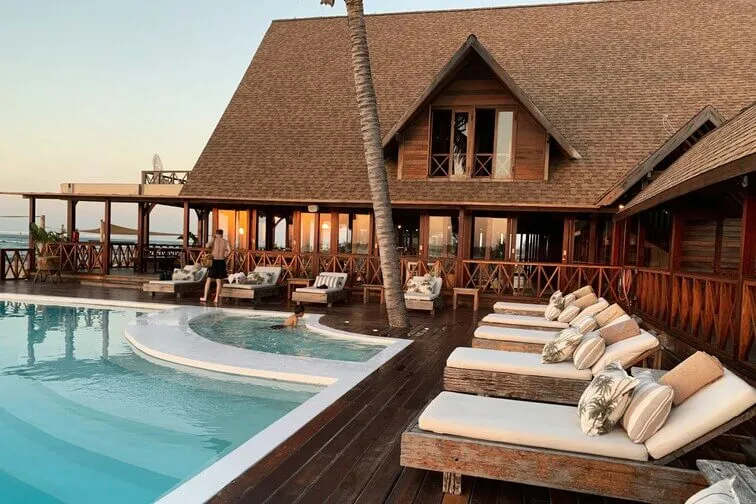
The Coolest Hotels You Haven't Heard Of (Yet)
Find a cozy hotel nearby and make it a full experience.

Trending Stays Worth the Hype in Oranienburg
Find a cozy hotel nearby and make it a full experience.
Reviews
Things to do nearby
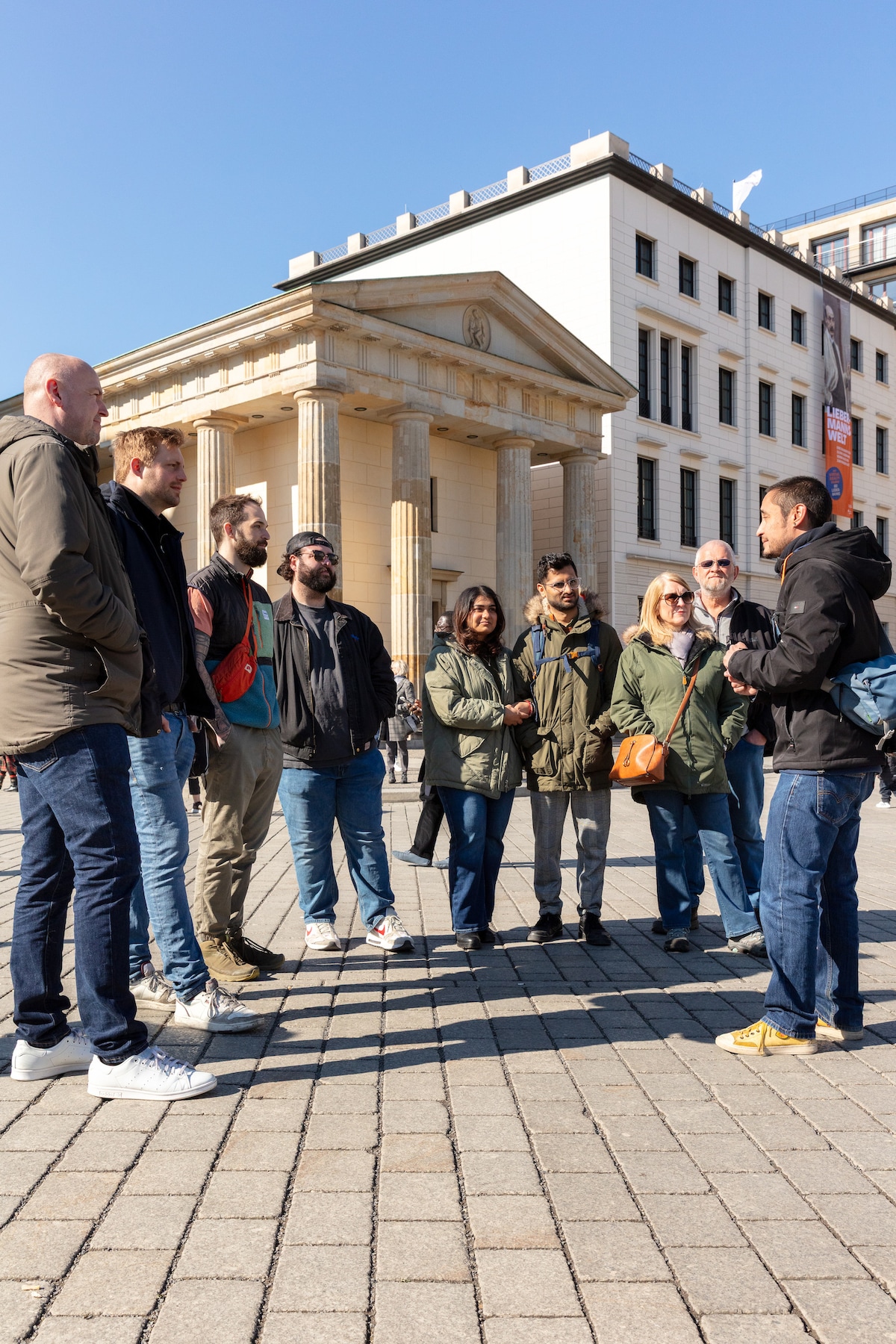
Rude Bastards Tour of® Berlin
Wed, Dec 24 • 12:00 PM
10785, Berlin, Germany
View details

Explore Berlin with a Professional Photographer
Wed, Dec 24 • 10:00 AM
10178, Berlin, Germany
View details

Enjoy an English-speaking comedy show
Thu, Dec 25 • 7:45 PM
10117, Berlin, Germany
View details
Nearby restaurants of Memorial and Museum Sachsenhausen
Imbiss-Hubertuseck
Restaurant Remus
Cantina

Imbiss-Hubertuseck
4.9
(176)
Click for details
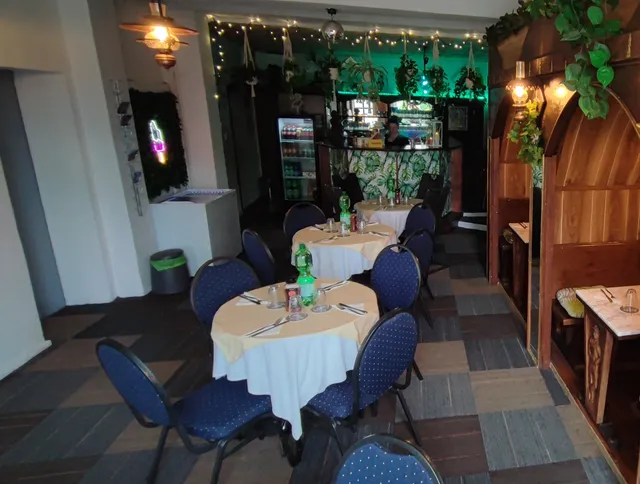
Restaurant Remus
2.9
(15)
Click for details
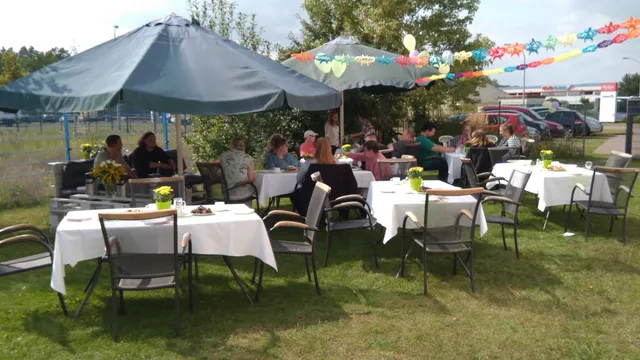
Cantina
4.5
(30)
Click for details
